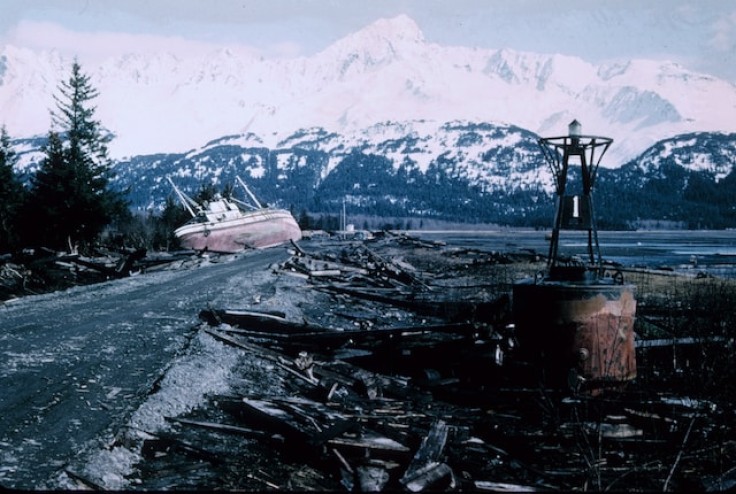
On Monday, violent storms and tornadoes caused devastation across many states, bringing tragedy and anarchy to the East Coast. More than 630,000 consumers were still without power as of 11:30 p.m. ET, with North Carolina and Pennsylvania suffering the worst. Due to the severe weather, two lives were lost in the commotion.
Federal Employees Sent Home Early as Washington Braces for Severe Weather
In Florence, Alabama, a 28-year-old man tragically lost his life after being struck by lightning in an industrial park parking lot. Meanwhile, in South Carolina, the Anderson County Coroner's Office confirmed the death of a 15-year-old who was fatally struck by a falling tree during one of the violent storms.
According to ABC News, the impact of the severe weather extended beyond power outages and fatalities. Numerous major cities, including Atlanta, New York, Baltimore, Washington, D.C., and Boston, saw cancellations or delays on hundreds of flights, which had a severe impact on air traffic. The Federal Aviation Administration announced a ground halt for a number of East Coast airports, including JFK, Newark, Philadelphia, Atlanta, and those close to Washington, D.C.
According to CNN, federal employees in Washington, D.C., including personnel at the White House and the Pentagon, were also instructed to leave work early on Monday afternoon due to the hazardous weather conditions.
The National Weather Service issued a rare "Level 4" risk for severe storms across the D.C. region, including a tornado watch for the D.C./Baltimore area, Pennsylvania, West Virginia, Ohio, Kentucky, Tennessee, and North Carolina. The main threats during this severe weather event were tornadoes and destructive winds.
More than 300 reports of catastrophic storms from Virginia to Colorado during the previous weekend, which preceded Monday's events, demonstrated the considerable damage that stormy weather had already wrought. Ten tornadoes were recorded, with two touching down in Illinois on Sunday and eight damaging Iowa, Illinois, Nebraska, and Colorado on Saturday.
These storms caused more harm and danger than only tornadoes, as torrential rains in northern Missouri caused severe flash floods. More than six inches of rain poured in less than six hours in the town of Kahoka, necessitating the need for water rescue operations. Golf ball-sized hail also pelted areas in Loveland, Colorado, and Almena, Kansas.
As the severe weather system moves on, the East Coast is now bracing for a recovery and cleanup effort. The impacted areas will have to address widespread power outages, damaged infrastructure, and disrupted travel plans. Local authorities and emergency services are urging residents to stay vigilant and take the necessary precautions to remain safe during these extreme weather conditions.
The National Weather Service's Level 4 risk designation underscored the severity of the situation, with the last issuance of such a warning occurring more than 10 years ago. This elevated risk level signaled the potential for widespread destruction and urged residents in the affected regions to prioritize safety measures.
As the risk of severe weather continues to be a concern, it's essential for people in affected areas to remain informed about weather updates, heed warnings from local authorities, and have emergency plans in place to ensure the safety of themselves and their loved ones.
Residents Urged to Stay Cautious Even After the Storms Pass
According to Truth Press, the storms' impact on air travel further emphasizes the need for travelers to be flexible with their plans, check with airlines for the latest updates, and exercise caution if travel is necessary during severe weather conditions.
Communities must evaluate and deal with the long-term effects of the severe weather event in addition to the storms' immediate effects. This entails ensuring that disadvantaged groups have access to the things they need, such as shelters and healthcare facilities, and working to repair damaged infrastructure.
Even though Tuesday morning is when the severe weather is predicted to end, it serves as a sharp reminder of nature's force and unpredictable nature. Even after the storms have passed, residents in the impacted regions should exercise caution since there may still be dangers from possible hazards like downed power lines and flooded roadways.
Communities will band together to assist one another and start the healing process following the terrible storms. They will take strength from their tenacity and will to meet the obstacles posed by Mother Nature's fury as they rebuild.